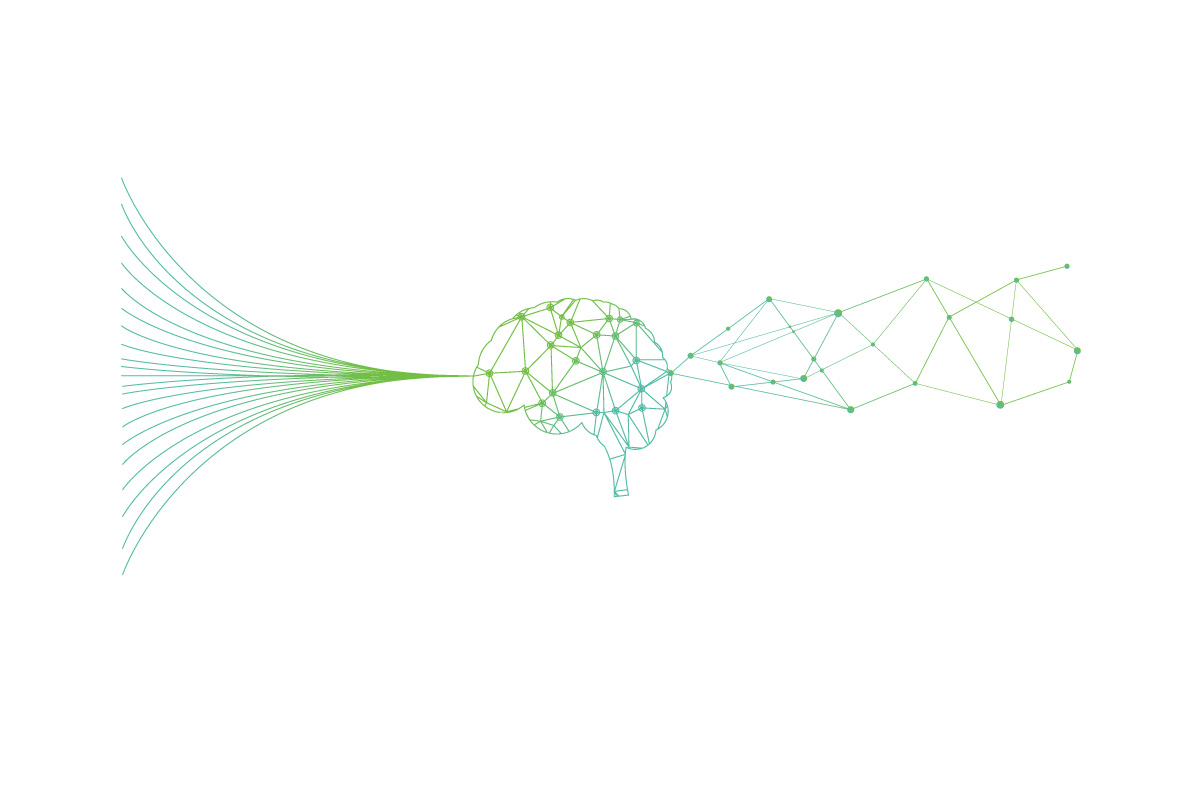General Understanding
It is not a strict requirement for implementing graph technology in your company. it's important to consider the potential benefits that graph technology can bring to your company, including more accurate and efficient analysis, faster decision-making, and improved customer experiences. As such, you may want to start exploring graph technology now, even if your data is not yet fully matured. By doing so, you can identify areas where you may need to improve your data and start laying the groundwork for future graph analysis. If your data is not mature enough to capture these relationships, you may not need to invest in data preparation and cleaning, where graph technology will take care of making sure that your data is ready for graph analysis. This could involve restructuring your data, cleaning up duplicates or inconsistencies, and resolving missing or incomplete data points
Are you tired of the limitations of traditional databases? Have you ever wondered why companies like Google, Facebook, and LinkedIn rely on graph technology? The answer lies in the fundamental difference between graph tech and traditional databases. Traditional databases are great for storing structured data but fail to capture connections between different pieces of information. On the other hand, graph technology is designed to handle unstructured data with ease and provides a way to visualize complex relationships between data points. the differences between graph technology and traditional databases are significant. Graph tech and traditional databases differ in their approach to storing and organizing data. Traditional databases, such as relational databases, rely on tables with rows and columns to store data. They are designed for structured data that can be easily categorized into pre-defined categories. On the other hand, graph databases are built around nodes (entities) connected by edges (relationships). This allows them to handle complex relationships between entities more efficiently than traditional databases.
Graph technology datab ase are very useful for applications that require real-time analysis of large amounts of unstructured or semi-structured data. Graph databases excel at handling vast amounts of interconnected information, making them ideal for any use cases some are like x360 , Anamoly detection, Supply chain resillience , new innovations , recommendation engines & list goes on .Another key difference between graph tech and traditional database systems is their query language. Traditional DBMSs use SQL (Structured Query Language), which requires knowledge of complex syntax rules and has limited capabilities when it comes to querying relationships between entities. Graph database systems have their own query language called Cypher, which makes it easier to express queries about relationships in a natural way.Graph technology offers significant advantages over traditional relational models when dealing with highly-connected datasets requiring dynamic queries against changing schemas.In summary, while traitional database systems have their strengths and weaknesses depending on the application requirements and type of data being stored, where as in Graph database are limitless in scaling & performance. While traditional databases excel at handling structured data, graph technology provides a more flexible approach to managing complex relationships and unstructured data. As businesses continue to deal with increasingly complex data sets, it's essential to understand the advantages and disadvantages of different database technologies available today.
it is important to evaluate factors like performance, scalability, ease of use, cost-effectiveness & ROI while your team is looking for traditional databases.
At the end of the day – Graph database aligns best with your business objectives while ensuring optimal performance and reliability.
As always - exploring new technologies! The world is evolving at breakneck speed; staying ahead requires us all to be open-minded about new possibilities & technologies like Graph tech. Knowledge graphs , RDF.
.
Graph database and enterprise knowledge graphs are related concepts, but they serve different purposes.
Graph technology refers to the use of graph databases and algorithms to analyze complex relationships and dependencies in data. This can be used for a variety of applications, including recommendation engines, social network analysis, fraud detection, and supply chain management.Enterprise knowledge graphs, on the other hand, are a specific type of graph that is designed to capture and organize the knowledge and expertise of an organization. This includes information about products, customers, employees, and other resources, as well as the relationships and dependencies between them.Enterprise knowledge graphs can be used to improve data management, collaboration, and decision-making within an organization. They provide a unified view of an organization's data, making it easier to access and analyze information from different sources.Graph technology can be applied to a wide range of data analysis applications, while enterprise knowledge graphs are focused on capturing and organizing organizational knowledge.

